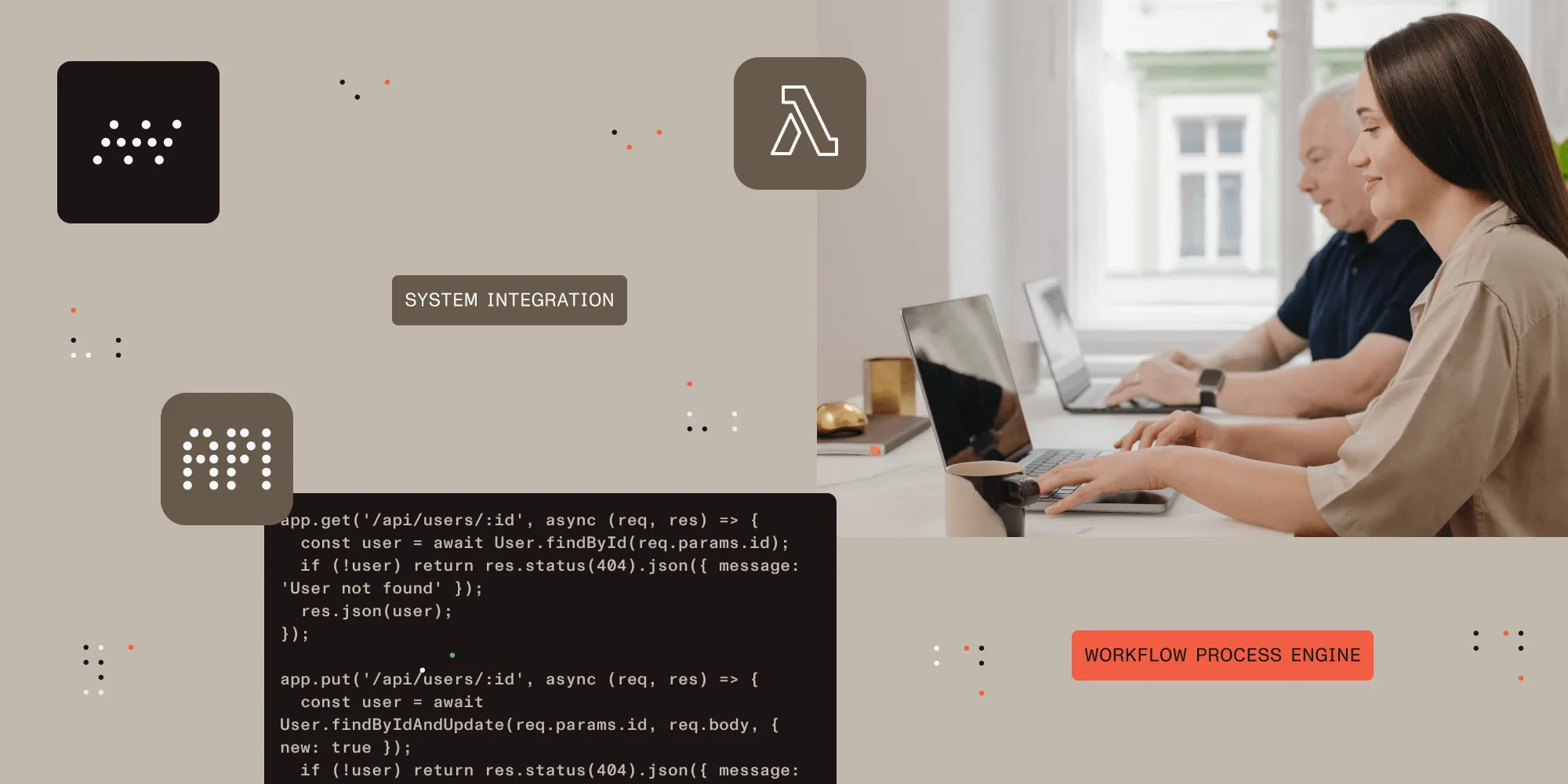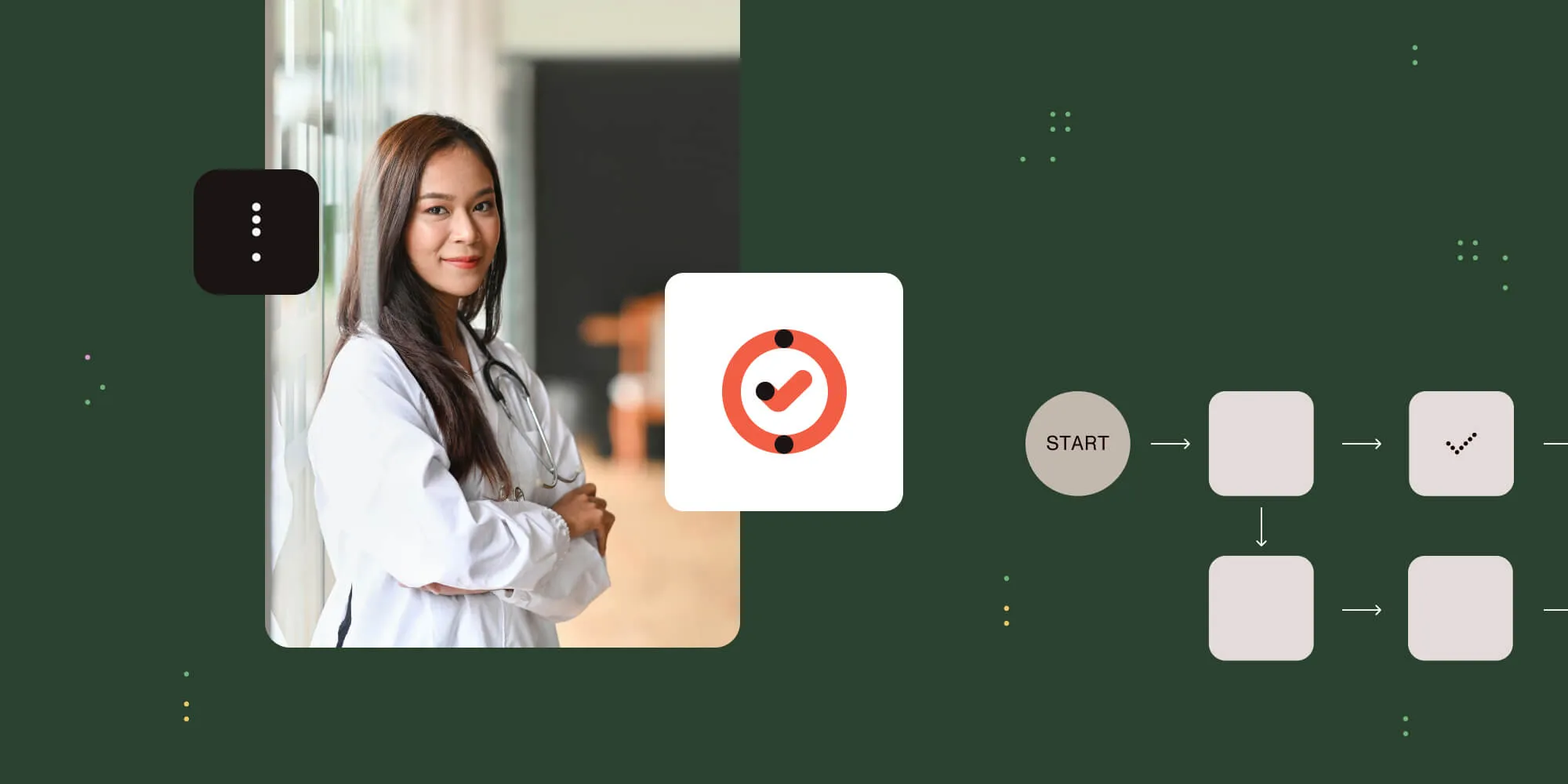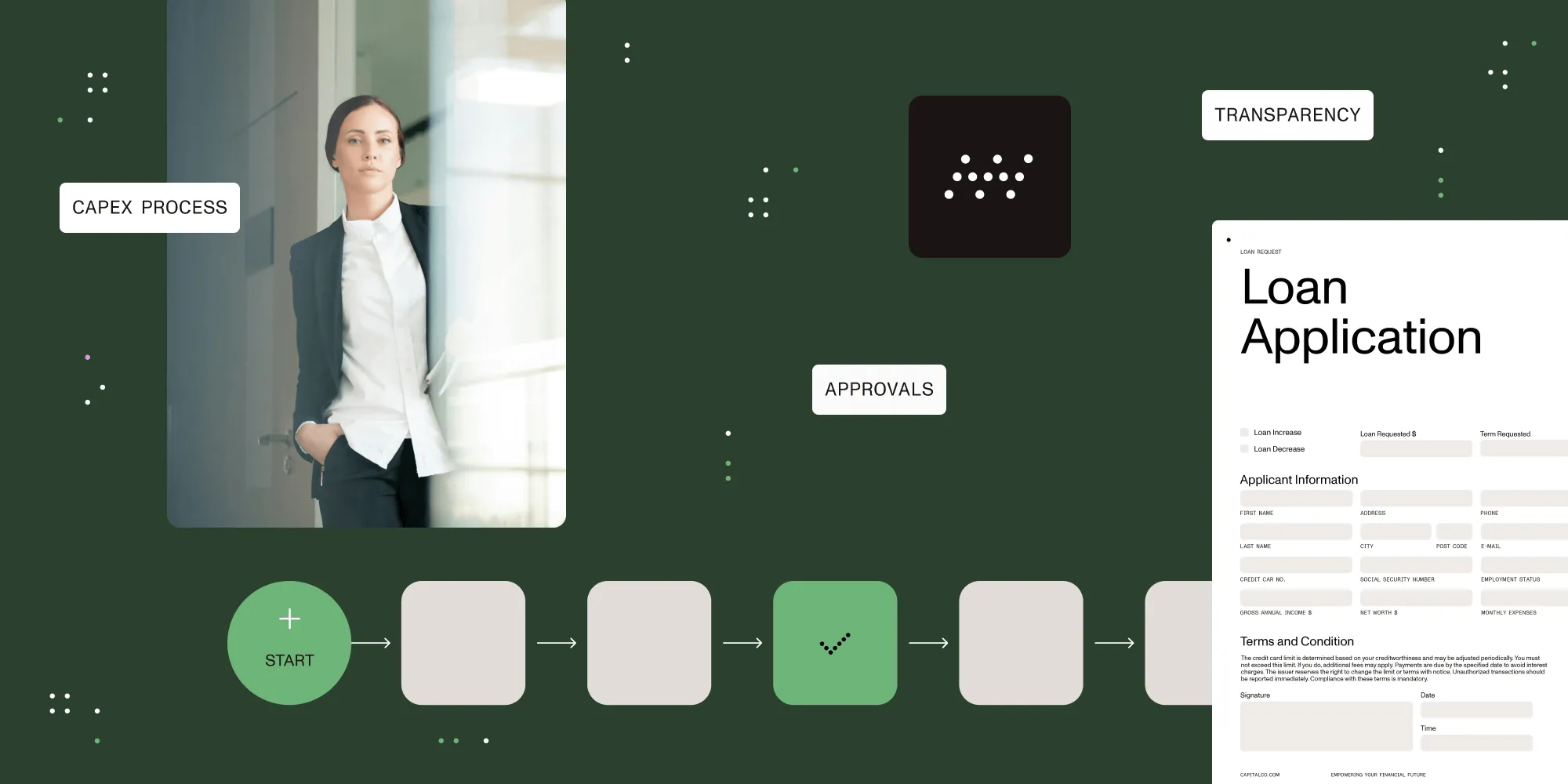Establish, then Automate your Standard Operating Procedures

Improve operational efficiency by standardizing and automating operating procedures.
What are Standard Operating Procedures?
Standard Operating Procedures (SOPs), first adopted by the railroad industry in an effort to prevent literal train wrecks, have become widely embraced by many businesses that wish to avoid figurative train wrecks. It's safe to say that every business (except perhaps a sole proprietorship) stands to benefit from formalizing its standard operating procedures (SOPs). Here is a working definition (opens in a new tab)of SOPs:
SOPs are established or prescribed methods to be followed routinely for the performance of designated operations or in designated situations. They are also known as standing operating procedures.
Obviously, SOPs need to be documented with written procedures or flowcharts. Some SOPs are also supported with video instructions. Every SOP includes the following information elements:
- The purpose of the SOP
- Steps required to complete the procedure
- The role(s) responsible for performing each step
- A description of the situation(s) or condition(s) that require the use of the procedure
- A description of the results of the successful execution of the procedure
- Any supporting notes, tables, drawings or pictures that clarify the procedure
Any SOP may require that certain exceptions be addressed in a separate exception handling SOP. The repository for SOPs needs to be well-organized and easily-searchable so that employees can view instructions at their desks, on the plant floor, or in the field. No more SOP binders!
Benefits of Documenting SOPs
When SOPs are documented and kept up to date with changing business needs, organizations see the following benefits:
- Less chaos in daily operations
- Improved quality of products and services
- Less disruption when key employees leave or are unavailable
- Greater efficiency in training new employee
- Increased assurance that the business is complying with all legal and regulatory requirements
How to Formalize SOPs
First, define an outline or hierarchy of the SOPs within your company or department. For each SOP, define an author (or authors) and an approver. Responsibilities for drafting SOPs are usually dispersed, so create or specify a template before your team begins documenting the SOPs. You can find a good selection of templates here(opens in a new tab).
Run your SOP initiative like a project. Establish reasonable deadlines and track status toward completion. For SOPs with cross-cutting impacts, corral key decision-makers in meetings to hash things out so you can avoid infinite loops of emailed comments.
Establish version control and notification requirements that you will use when SOPs need to change. Agree on a reasonable periodic review cycle for all SOPs.
Automation takes SOPs to the Next Level
Documented procedures are a great first step. Making SOPs available in an online information repository is helpful. However, when compliance with SOPs depends on human memory and human intentions, SOPs may fall by the wayside. This can happen when transaction volumes rise, deadlines approach, or when it is necessary to reduce staffing. When employee engagement falls, people may get sloppy about following SOPs. When employees are distracted by personal stresses, they may forget critical steps in SOPs. Employees can circumvent even the most detailed written SOP by:
- Failing to perform a required step
- Performing a required step incorrectly
- Adding steps that they think are helpful, but that actually waste time or introduce errors
- Perform steps in the wrong sequence
Consider this disastrous example of human failure to follow documented SOPs:
- On September 18, 1980, two US Air Force specialists were sent into a silo to check the oxidizer tank pressure on a Titan-II nuclear missile at an airbase in Arkansas. They were under significant time constraints, so they used a socket wrench that had been part of the previous SOP version instead of going back out to get the newly approved torque wrench. The socket fell off the wrench and dropped 80 feet before piercing the fuel tank, causing an explosion that caused the loss of life and severe injuries. The nuclear warhead could have detonated, killing millions and rendering large areas uninhabitable. Fortunately, the warhead was later retrieved intact.
The problem with reliance on human compliance is more pervasive than ever:
- Failure to follow IT SOPs can cause security breaches
- Failure to follow approval procedures erodes profits
- Failure to follow accounting procedures results in audit findings and earnings restatements
- Failure to follow operational procedures results in product contamination
In the past, businesses could only rely on training and retraining employees, then add compliance responsibilities at several levels of management. In some industries, government bodies like the FDA and EPA assume responsibility for policing compliance. Many of the warning letters issued by the FDA to pharmaceutical companies include the phrase "failure to follow procedures...."
Businesses now have a great alternative for reducing reliance on human compliance with SOPs - automate procedures with workflow automation. The quickest and most cost-effective way to automated processes is by implementing a robust workflow automation application. When employees perform their steps in an SOP within an automated workflow, their work is easier, faster, and contains fewer errors:
- They receive alerts when they need to perform the next step in the process
- They don't need to page through an SOP binder, refer to external lookup tables, or make offline calculations
- Notes and questions don't fall through the cracks
- All steps are performed in the correct sequence
Management gains better insight into operations:
- Each step in the workflow is stamped with the user's ID and the date and time the step was performed
- Workloads can be balanced more easily with real-time viewing of transaction pipeline status
- It's easier to review transaction history and make decisions about loosening or tightening approval thresholds
- Management spends less time on policing compliance with SOPs
Every business needs to make improved operational excellence a core component of the value proposition that it presents to its customers. Standardizing and automating your operating procedures is the best way to improve operational efficiency. Don't fall into the trap of thinking automation is too costly and time-consuming for your business or department. Nutrient Workflow can provide you with a workflow solution that is fast to implement, easy to learn and administer, and configurable without excessive reliance on the IT department.








